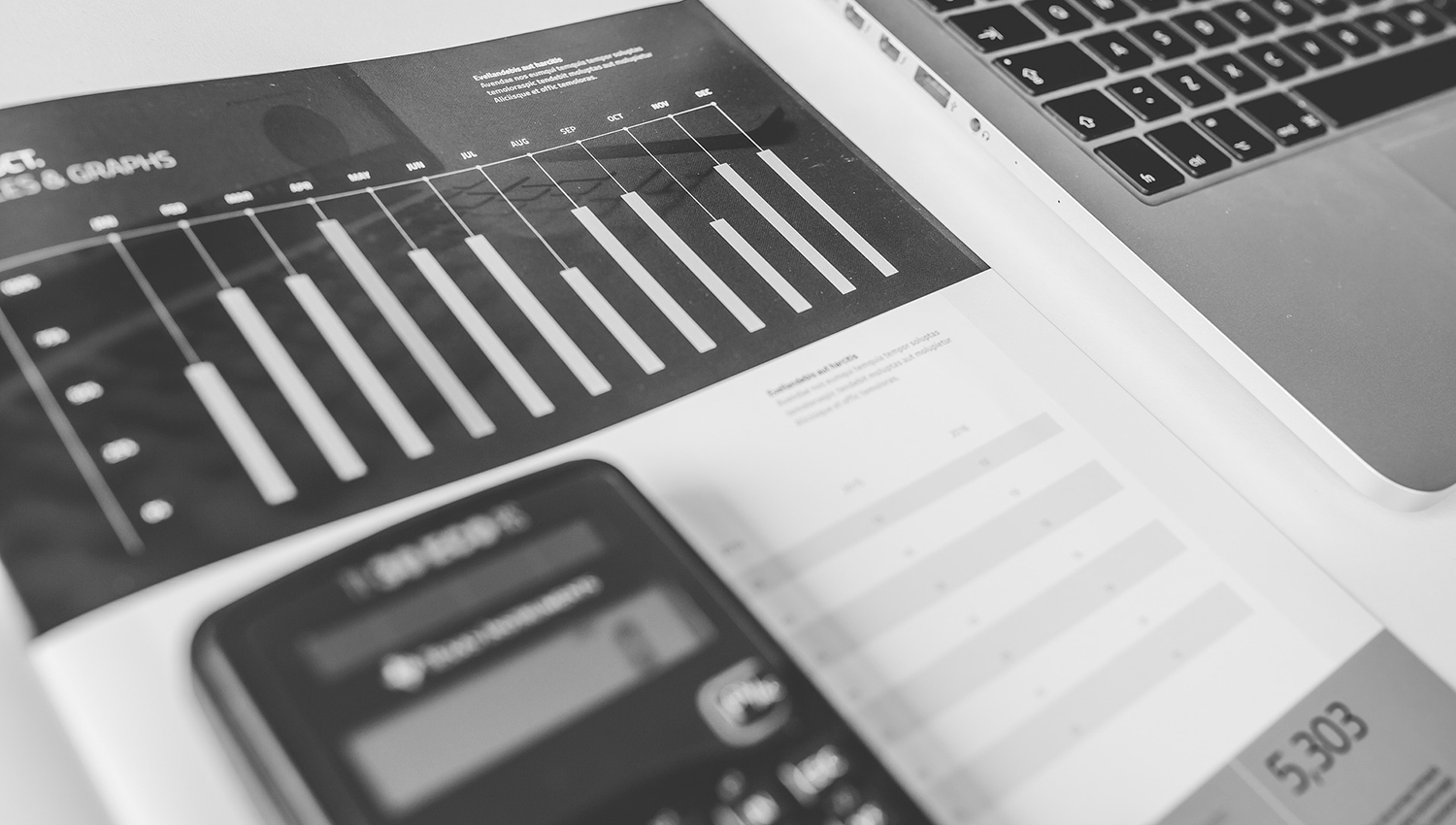Finansnyt
Posted af John Yde, 06/10/2010

Der er lavet en stram plan for gældsreduktion i Storbritanien som vist i grafen fra economist.com. Nu går diskussionen på, om budgetstramningerne på i gennemsnit 25% frem mod 2014 er for drastiske med frygt for at sende økonomien tilbage i recession og en langvarig opbygningsfase.
Posted af John Yde, 06/10/2010

Dette billede fra Nasa viser, at iskalotten på Nordpolen i går var betydelig mindre end gennemsnitsmålingen (vist som den gule linie).
Posted af John Yde, 06/10/2010

Figuren herover fra Credit Suisse viser med den grå linie, da kontinental Europa er i stand til at outperforme USA, når EUR/USD falder under 1.26 (stigende grå kurve), og at denne fordel blev mistet igen, da EUR/USD gik tilbage over 1.26 (de to lodrette stiplede linier). Figuren nederst fra Soc. Gen. viser, at euroen for Spanien og Grækenland er 10-15% overvurderet modsat for Tyskland, hvor valutaen er ca. 15% undervurderet. Et rigtigt godt billede på den divergens i udviklingen, der præger eurozonen. 
Posted af John Yde, 06/10/2010
Dette er et interview med Chicago Feds. Charles Evans fra Wall Street Journal. Fremhævelserne er vores. Artiklen kan læses i sin originale form her:
http://online.wsj.com/article/SB10001424052748703843804575534043689519572.html?mod=WSJEUROPE_hpp_LEFTTopWhatNews#printMode
Fed Official Issues Call for Aggressive Action
Chicago President Evans Proposes Raising Inflation Target Above 2% in Effort to Revive the Economy
By JON HILSENRATH
CHICAGOCharles Evans, president of the Federal Reserve Bank of Chicago, called for the Fed to do more to charge up the economy, including a new program of U.S. Treasury bond purchases and possibly a declaration that it wants inflation to rise for a time beyond its informal 2% target.
Jon Hilsenrath tells Simon Constable and David Weidner why the Federal Reserve may be ready to raise its target for inflation in an effort to stimulate the faltering U.S. economy. Plus, stocks and gold soar and Eebee takes aim at babies.
„In the last several months I’ve stared at our unemployment forecast and come to the conclusion that it’s just not coming down nearly as quickly as it should,‟ Mr. Evans said Monday in an interview with The Wall Street Journal. „This is a far grimmer forecast than we ought to have,‟ he added. As result, he said, he favors „much more [monetary] accommodation than we’ve put in place.‟
The comments are significant because Mr. Evans tends to reflect the broad center of gravity at the central bank. His prescription for aggressive action, though not uniformly held by his colleagues, suggests a shift in the mood at the Fed.
On the heels of remarks by Fed Chairman Ben Bernanke and New York Federal Reserve Bank President William Dudley, it is likely to reinforce a growing conviction among investors that the Fed will restart a bond-buying program when it meets Nov. 2 and 3.
It also suggests Fed deliberations are going beyond resuming bond-buying plans to contemplating new strategies for talking about inflation and for communicating the Fed’s stance to the public.
In recent months, Mr. Evans, a 52-year-old economist who has led the Chicago Fed since 2007, has become increasingly worried that the U.S. is falling into what’s known as a „liquidity trap,‟ in which banks don’t lend and firms don’t invest. He has grown frustrated with a lack of progress in bringing down unemployment and is now forecasting inflation of 1% in 2012 and below 1.5% in 2013, well below his own 2% goal.
The Fed is now considering whether to add to its $2.3-trillion portfolio of securities and loans by ramping up purchases of U.S. Treasury bonds, in an effort to drive down long-term interest rates and boost growth. Mr. Evans says he favors that, but worries that alone „would not be enough‟ to address his concerns.
The Fed also needs to push down „real‟ interest rates, nominal interest rates minus inflation, to induce households and businesses to part with savings and borrow and spend more, he said.
‚There is nobody who would want, in any way, to lose what Paul Volcker won for the American people by fighting inflation and achieving price stability. But the current circumstances are really extraordinary.‛
–Charles Evans, President of the Federal Reserve Bank of Chicago
One way to push real interest rates lower is to get inflation higher. The Fed might aim to overshoot its informal 2% target for a time to make up for lost ground, Mr. Evans said. „That is a potentially useful policy tool at this point and I definitely think we should study it more,‟ Mr. Evans said.
Mr. Dudley last week also raised the possibility that the Fed might try to catch up when inflation falls short of its objective by allowing it to run over the target by an equal amount later.
Mr. Bernanke has ruled out raising the inflation target altogether. He hasn’t weighed in on this catch-up approach for the U.S., though in the past he has recommended such an approach for Japan. The Fed’s policy statement in September noted that inflation was running below its objective.
Any further move to boost inflation would be highly controversial both inside and outside the Fed, which has preached the virtues of less inflation ever since then-Fed Chairman Paul Volcker pushed interest rates higher in the 1980s, starting a deep recession, to wring out double-digit inflation.
„There is nobody who would want, in any way, to lose what Paul Volcker won for the American people by fighting inflation and achieving price stability,‟ Mr. Evans said. „But the current circumstances are really extraordinary. It seems to me if we could somehow get lower real interest rates so that the amount of excess savings that is taking place relative to investment is lowered, that would be one channel for stimulating the economy.‟
The idea espoused by Mr. Evans and Mr. Dudley is known as „price-level targeting.‟ Inflation is measured as the change in the consumer price index or other price indexes. Rather than target an annual inflation rate of 2%, the Fed would target an inflation index level. So if the consumer price index fell short of the level the Fed targeted one year, it might get back to that level the next year by overshooting a little. It could be a challenge for the Fed to explain such a strategy, and to convince the public that it wouldn’t allow inflation to get completely out of hand.
Mr. Evans isn’t currently among the five regional Fed bank presidents with a vote on monetary policy. He gets his turn next year.
Posted af John Yde, 05/10/2010
Vi har ved adskillige lejligheder vist den 4 fasede model for økonomisk udvikling i en række tidsserier. Vi vil denne gang vise den opdaterede cykliske model i det amerikanske bruttonationalprodukt. Selve ideen til modellen har vi fået af den østrigske økonom J. Schumpeter. En økonom Alvin Hansen omtalte modellen i en af sine bøger. Modellen har 3 gode faser for den økonomiske udvikling, medens fase 3 er den fase, hvor den økonomiske udvikling udviser recession. Når vi er i fase 1, så ved vi, at vi kommer i fase 2 og herefter indtræder recessionsfasen. Selve systemet forudsiger den økonomiske udvikling i faser, men man skal være opmærksom på, at systemet som udgangspunkt ikke siger noget om dybden og varigheden af de forskellige faser. Vi har vist systemet tilbage til begyndelsen af 1960erne. Vi har den procentvise udvikling som et gennemsnitstal for hver periode. Det betyder, at fase 1 i gennemsnit har en højere gennemsnitlig vækstprocent (kvartal/kvartal) end fase 4. Fase 2 har en mindre gennemsnitlig vækstprocent end fase 1 og endelige har fase 3 negativ eller ingen/mindre vækst. Det er recessionsfasen. I øjeblikket viser vor model, at vi ikke er ude af recessionen, men at vi kan have set bunden. Det er også værd af bemærke, at vi har et lavere niveau i den cykliske udvikling. Situationen anfører, at vi vil få et niveauskifte i den økonomiske udvikling en periode. Vi ser samme tendens i inflationen målt ved forbrugerpriserne – altså et niveauskifte. Situationen kan vise sig at blive alvorlig. Det er resultatet af boligboblen – en langvarig krise med lave renter i en lang periode.
Vi har ved adskillige lejligheder vist den 4 fasede model... Læs merePosted af John Yde, 05/10/2010

Billedet herover viser de amerikanske recessioner siden 1870 og aktiemarkedet
Posted af John Yde, 05/10/2010

Det amerikanske TARP program udløb i søndags. New York Times har i denne præsentation vist, hvordan midlerne blev brugt. Grafen kan ses i stor størrelse på dette link:
http://www.nytimes.com/imagepages/2010/10/03/business/economy/03soapbox-graphic.html
Posted af John Yde, 05/10/2010

Figuren herover viser udviklingen i balancen hos verdens tre vigtigste centralbanker, US Fed. ECB og Bank of Japan. Manglen på effektiv bekæmpning af deflationen i Japan har fået flere til at lufte ideen om, at centralbanken skal være mindre uafhængig men i højere grad påvirket af politiske interesser. En artikel fra Bloomberg beskriver bl.a., at et opositionsparti vil komme med forslag om, at regeringen skal spille en større rolle i centralbankens politik. Artiklen kan læses her:
<a class="ImLink" href="http://www.bloomberg.com/news/2010-10-04/boj-independence-challenged-for-failure-to-end-12-years-of-japan-deflation.html
„>http://www.bloomberg.com/news/2010-10-04/boj-independence-challenged-for-failure-to-end-12-years-of-japan-deflation.html
Posted af John Yde, 05/10/2010

Der ses en vis stabilisering af udlejningsprisen pr. kvadratmeter for kontorlejemål i USA (grøn graf). Det giver forhåbninger om, at der er ved at være dannet en top i procentdelen af ledige kontorlejemål (gul graf), der med 17.5% ligger på niveau med 1993. Højdepunktet i 90erne var i 1992 på 18.7%.






